All Posts
Struggling with weekend overeating? Here are few strategies that can help you kick the weekend benders for good.
The CrossFit Open is nearly here. Don’t be one of those folks who start off strong, then fizzle near the end because your nutrition was whack! Here are some things to consider to make it your best Open yet.
Hosting or attending a super bowl party this weekend and not sure what to make/bring and still eat healthy? Check out some of these options I found at Costco.
A lot of us eat protein bars. They can be great in a pinch as an on-the-go food, but it can be damn near overwhelming picking one. You've got to look past the marketing and learn what to look for in a healthy protein bar.
When you’re short on time in the morning & want to eat better, you need quick meals that are filling and packed with vitamins & minerals to energize you for the day rather than some snack bar or drive-thru.
if you’re like me and enjoy a badass breakfast to kickstart your day, but have minimal time in the mornings, then keep your crib stocked with some of these quick foods and meals I spotted at Whole Foods.
Just because you didn’t make a meal from scratch doesn’t mean it can’t be healthy and support your goals. Here are some ideas for “low-prep” foods you can buy to save you time and effort meal prepping. #lazyAFnutrition
Here are a few things to keep in mind in order to enjoy the holidays and keep the weight off.
You can attend a social event, not freak out, or conjure up a BS excuse to decline. You can enjoy yourself and still make progress towards your goals. It may take time and practice to get there and here are some strategies may help you.
Should you buy organic, quality-farmed foods? I’d say it depends. There are definitely benefits but there’s also hype/downsides. Consider the pros and cons and be as educated as possible so you can make your own informed decision.
Seasonal allergies anyone? Rather than only medicating consider combating seasonal allergies by eating healthier foods and improving your nutrition.
First thought that comes to my mind before any long road trip...what the hell are we gonna eat?!
Let’s talk about maintenance phases. You know, where you’re not really losing or gaining—just staying the same.
Having a variety of places to shop is cool but most of us are would rather have fun with friends and family on the weekend instead of spending hours at the grocery store. So before you head out to shop you’ll want to do a few things in order to make grocery shopping and subsequent meal prep less of a time-suck.
You can minimize eating out but it’s not realistic to totally eliminate it for the rest of your life. Learn how to eat healthy at restaurants rather than turning down invites or sitting awkwardly at the table drinking lemony water while everyone else is eating.
If you’re lucky enough to live near a Costco but don’t have a membership or regularly shop there, get your act together because you’re seriously missing out on making eating healthy and meal prepping ridiculously hassle-free.
In this article, I’m going to cover some key principles for losing fat while gaining more strength so you can cut body fat while moving heavier barbells like you enjoy doing.
I know I sound like Bobby Boucher with all these water posts but damn I used to never drink water until I made some of these changes. Getting enough water can be a challenge. So here are some quick tips to help you get more H2O into your day and prevent chronic dehydration.
In this article, I’ll present some general guidelines for staying hydrated, discuss how to determine your needs for water as an individual, and give you a simple protocol to hydrate for workouts or competitions.
“So I went to this website to calculate my calories/macros and it gave me this many calories to eat. Is that right?” Here’s the long answer to that original and seemingly straightforward question.
If you’re curious on how to reduce or eliminate gluten for your own reasons or perhaps, maybe you suspect or have Celiac, maybe our experience so far can help guide you through the process of going gluten-free.
In this article, I’m going to share some of the best foods and some strategies to maximize the amount of food you can put on your plate while keeping calories low. If you’re like me, love eating big-ass plates of food and feeling full and satisfied even if you’re eating substantially fewer calories, keep reading.
In this final installment of the #basicAFnutrition eating habits series, I’m going to share a simple mindfulness activity that can help you rekindle your innate ability to self-regulate and control food intake. If this sounds a little hokey, I promise you, this definitely can work--especially when you combine this with all the other habits I’ve discussed in this series
Hitting a wall with your fat and weight loss can be frustrating and annoying. If you want to keep losing fat, you’ll likely need to make some changes to your food intake, your lifestyle and/or your activity in order to break through a plateau. If you’re not sure where to start, here are some things I recommend you consider doing before you completely throw in the towel.
Too often, we put our bodyweight on this holy pedestal like it’s the end-all, be-all indicator of whether our nutrition plan is working or not. Here are some non-scale indicators I recommend you consider that will help you more clearly determine if your nutrition plan is working or not.
While we all know that we should be meal prepping each week, for some of us, it’s time-consuming to the point of being intimidating. In this guide, I’m going to share some strategies, tricks, and hacks that make meal prepping less stressful and take less time so you can have healthy meals to eat throughout the week.
In Part 3 of the Basic As F*CK Nutrition Eating Habits series, I’m going to teach you several ways to measure and portion how much food you eat so you can gain more control over of your food intake and be more successful with your nutrition plan.














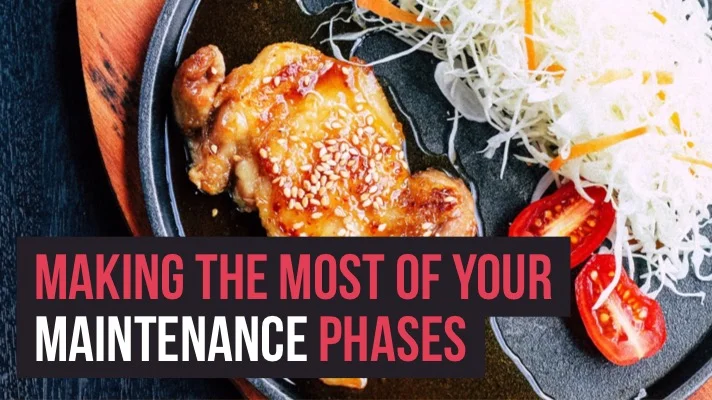

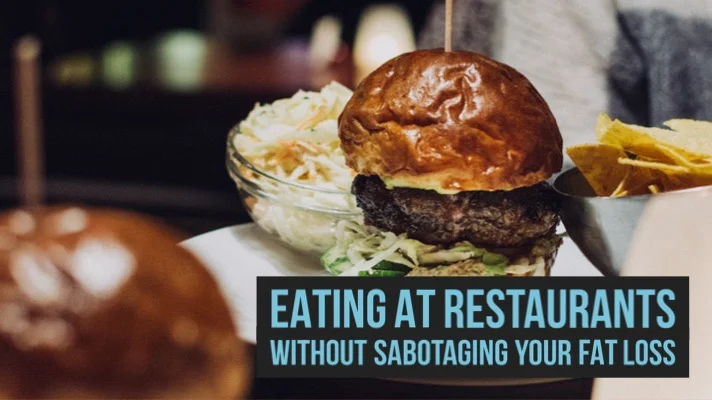



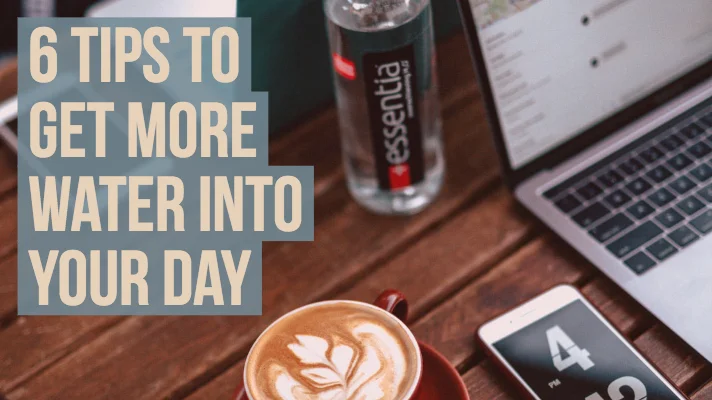

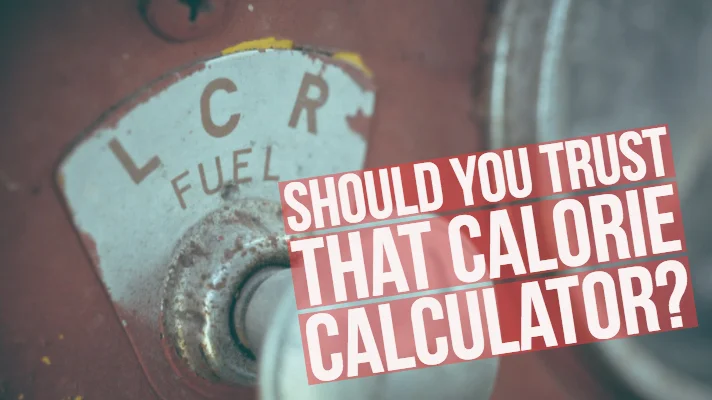


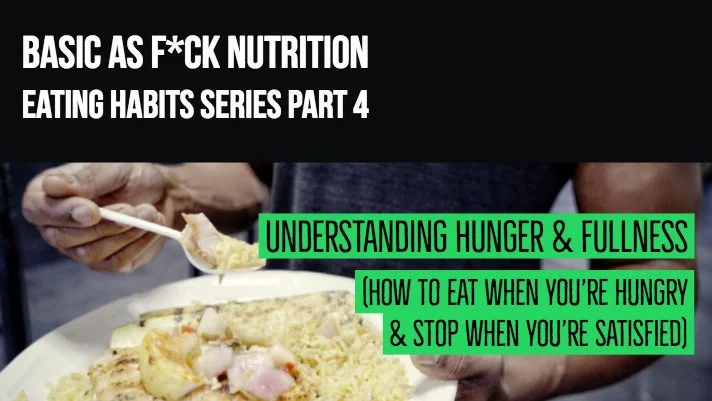




Tracking shouldn’t be an obsession or something to stress out about. There’s really no reason to get emotionally attached to it. If that’s happening, we’re totally missing the point.